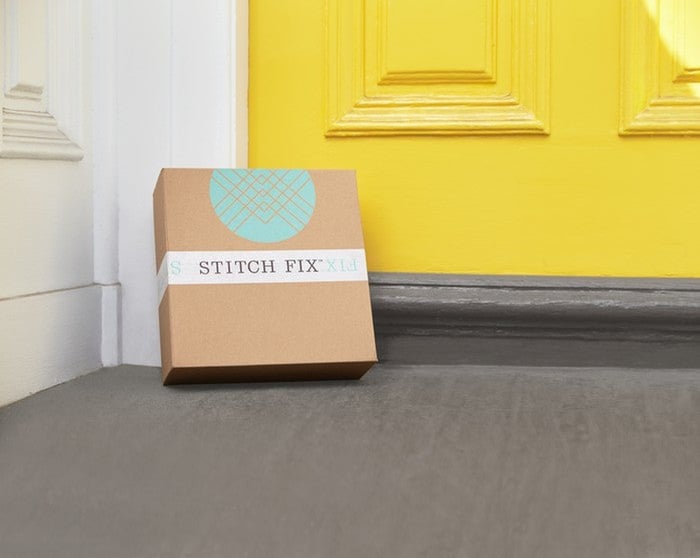Stitch Fix (SFIX 2.44%) is slated to report its results for the second quarter of fiscal 2021, which ended Jan. 30, after the market close on Monday, March 8. A conference call is scheduled for that day at 5 p.m. EST.
Many investors are probably approaching the online personalized apparel retailer's report with optimism. Last quarter, revenue and earnings both beat Wall Street's consensus estimates, and top-line guidance for both fiscal Q2 and the full year also came in higher than analysts had been expecting.
Shares skyrocketed 39% on the day after the release and gained 65% in the three-day period following it. A decent chunk of this gain was likely due to covering by short-sellers, as the stock had (and still has) a sizable short interest. (Short-sellers are those who are betting that a stock's price will fall.)
Stitch Fix stock has gained 210% over the one-year period through March 5. The S&P 500 has returned 25% over this period.
Here's what to watch in the company's upcoming report.

Image source: Stitch Fix.
Key numbers
| Metric | Fiscal Q2 2020 Result | Stitch Fix's Fiscal Q2 2021 Guidance | Wall Street's Fiscal Q2 2021 Consensus Estimate | Wall Street's Projected Change YOY |
|---|---|---|---|---|
|
Revenue |
$451.8 million |
$506 million to $515 million |
$512.2 million |
13% |
|
Earnings per share (EPS) |
$0.11 |
N/A |
($0.22) | N/A. Result expected to go from positive to negative. |
Data sources: Stitch Fix and Yahoo! Finance. Fiscal Q2 period ended on Jan. 30. YOY = year over year. Note: Stitch Fix doesn't provide earnings guidance.
As I wrote last quarter, Stitch Fix's year-over-year sales growth has slowed in recent quarters "because the pandemic has depressed overall demand for apparel and other consumer discretionary products. ... That said, the company has gained market share because of the crisis-driven shift to online shopping."
For context, last quarter, Stitch Fix's sales rose 10% year over year to $490.4 million, exceeding the $481.2 million Wall Street had expected. Net income was $9.5 million, or $0.09 per share. Analysts had been expecting a loss per share of $0.20.
However, as I wrote last quarter, "The only reason Stitch Fix posted a profit is because of a $28.1 million income tax benefit stemming from the Coronavirus Aid, Relief, and Economic Security (CARES) Act. Absent that benefit, the company would have had a net loss of $18.6 million, which equates to a loss per share of $0.19."
Key customer metrics
Investors should continue to focus on the two key metrics driving revenue growth: total number of active clients and average annual revenue per client. Stitch Fix defines an "active client" as a customer who has bought at least one item from it in the last 52 weeks.
Last quarter, the number of active clients increased 10% year over year to 3.8 million. Average net annual revenue per client fell 4% year over year to $467.
Guidance for fiscal Q3
Management's outlook will be especially important since the market looks ahead. The stock-price movement on Tuesday, March 9 will probably be largely driven by the company's Q3 guidance and any revisions to full-year guidance.
For fiscal Q3, Wall Street is modeling for revenue to surge 41% year over year to $523 million and expects loss per share to narrow 64% to $0.12.
The analysts' revenue-growth expectation is derived, in part, from the guidance that Stitch Fix management released last quarter. The company expects full-year fiscal 2021 revenue to grow 20% to 25% year over year. Taken together with the guidance for the fiscal second quarter, this "implies growth between 29% and 40% year over year in the back half of fiscal 2021," according to last-quarter's shareholder letter.
Temper any enthusiasm: The real test is the second half of fiscal 2021
The biggest test for Stitch Fix isn't the quarter that's being reported on Monday, as revenue growth expectations are still rather modest, but the second half of fiscal 2021, for which management expects strong year-over-year growth. I suggest that investors not throw all caution to the wind if the company's fiscal Q2 results are better than expected.





